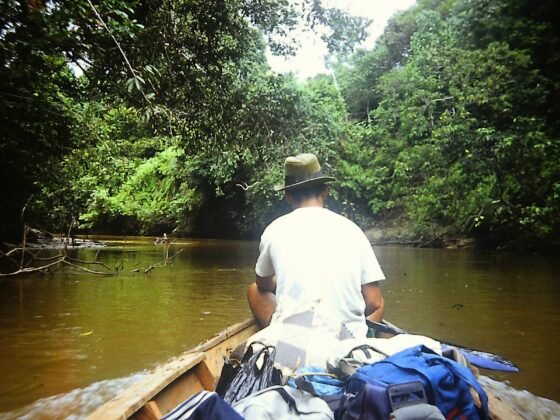Iceland, “The Land of Fire and Ice”
With its beautiful array of stunning mountains, hot geysers, waterfalls, active volcanoes, hot springs, lava deserts, and glaciers, Iceland is famous for salmon and sea trout fly fishing amongst pristine and tranquil scenery. Also prevalent here are brown trout and arctic char. Arguably, arctic char is the best fish to eat, say many expert fisherman.
Iceland’s Rivers and Lakes
Crystal clear rivers and lakes abound in Iceland and are quite voluminous owing to heavy rainfall and large amounts of glacial melt water. They are chock-full of plentiful fish waiting for you to catch for the perfect dinner. Some rivers famous for their plentiful salmon are the Sela, Big Laxa, Jokka, Hofsa, Hrutafjardara, Breiddalsa, Lagarfljot, Jokulsa a Fjollum, and the Huseyjarkvisl. Sea trout, brown trout, and arctic char also live in these beautiful waters. On Lake Thingvellir, a national park, an average daily catch is 4 -20 trout and 2-3 pounds of char. Brown trout of up to 20 kilograms have been caught in this lake as well. Other lakes good for fly fishing include the Logurinn, Hop, and Myvatn Rivers. In East Ranga, 100 kilometers east of Reykjavik, 4,300 salmon were caught in 2009, and in 2008 7,013 salmon were caught.
Iceland’s Fishing Season
The fishing season in Iceland generally begins around April 1 and runs through mid-September, although trout fishing is prime during August, September, and October.
Equipment for Fly Fishing
Because of the increase in popularity of fly fishing over the years, new and innovative fishing equipment and gear is now available. Fly lines come in different weights and need to be used on specific rods that are paired with the correct fly line. Experts recommend rods for lines 3-6 if you are fishing for trout. For salmon, rods should support lines 6-8. If you use a double-handed rod for salmon-fishing, 10-12 foot rods are recommended.
The flies that anglers commonly use include dry flies, streamers, and nymphs. The flies should do a good job of imitating the various food sources in the area.
Many anglers wear vests in which to carry various equipment and tools. Look for a vest that is comfortable and one that has enough room so that you can wear several layers of clothing under it. Iceland temperatures can be quite chilly, so dressing in layers is a good idea. The vest should accommodate a couple fly boxes, a few leaders, and several rolls of tippet. Some anglers also like to carry scissors and other helpful tools as well as a snack, extra clothing, reels, and water.
Waders are worn by anglers as well and now are much warmer and more comfortable. They are available in hip-high and chest-high designs. Polarized sunglasses help protect you from the bright and harmful sunlight that tends to reflect right off the crystal clear waters, and sunscreen and a hat are recommended as well.










